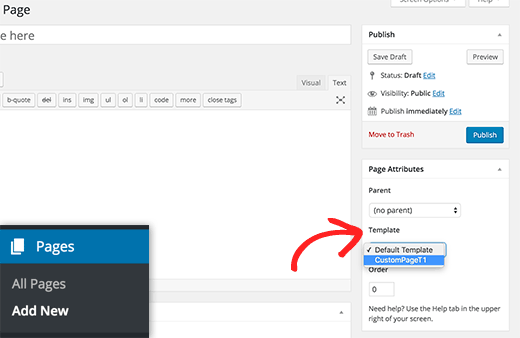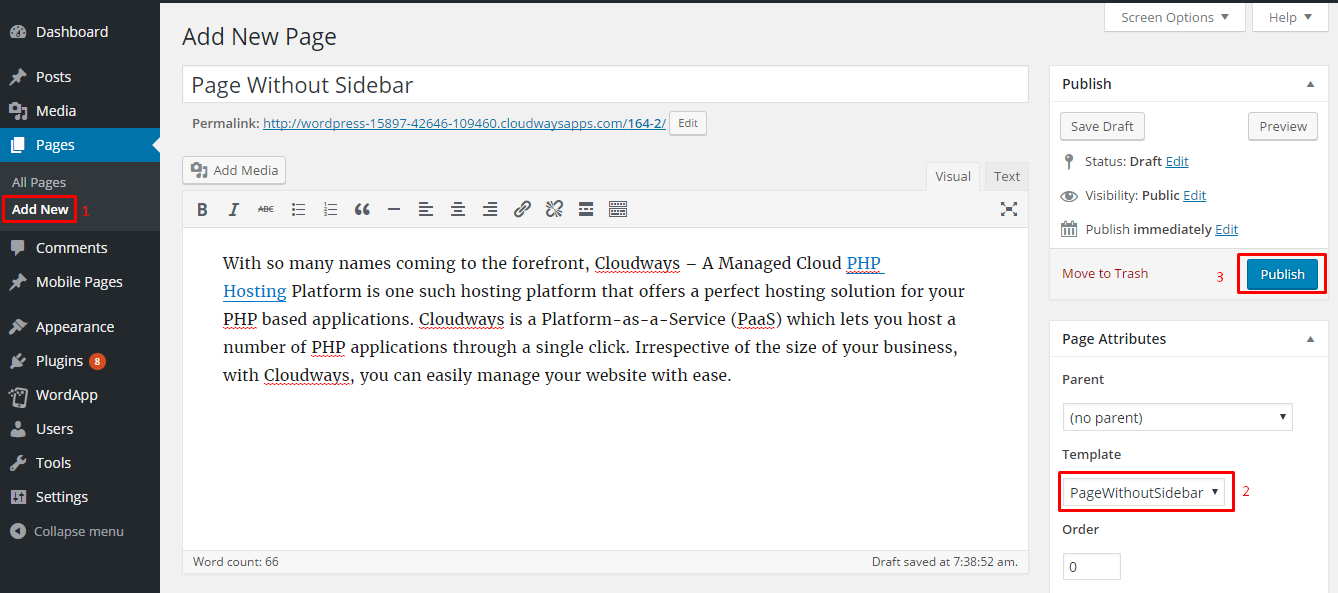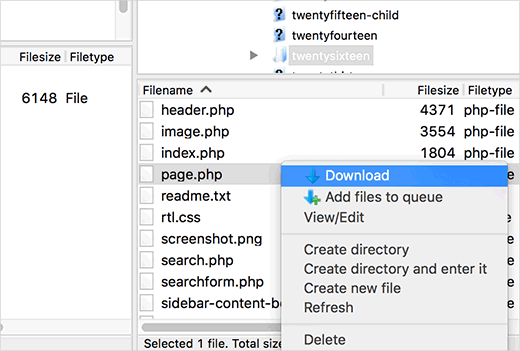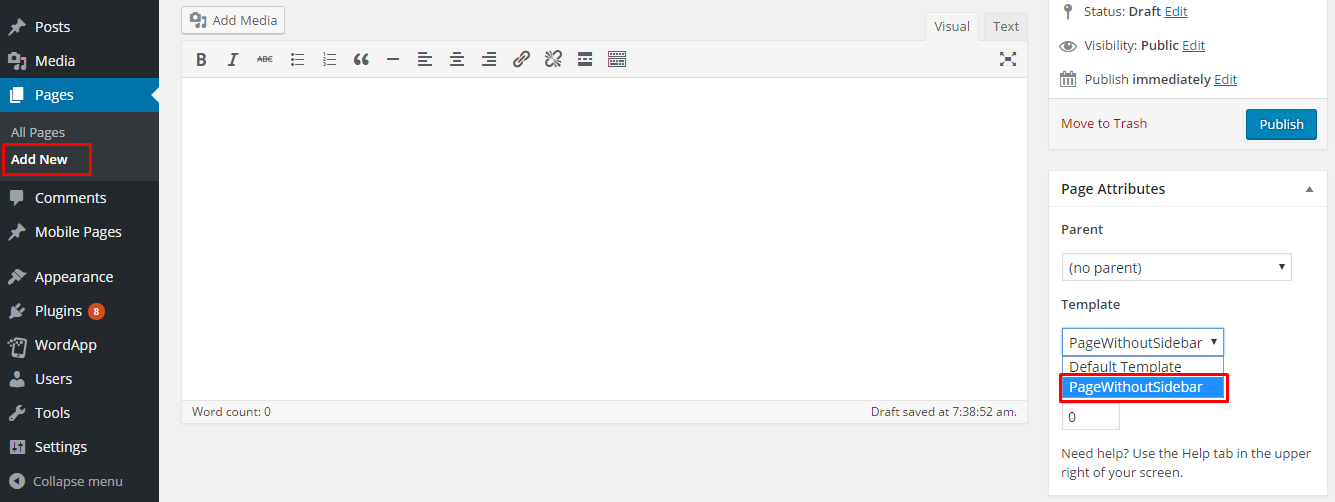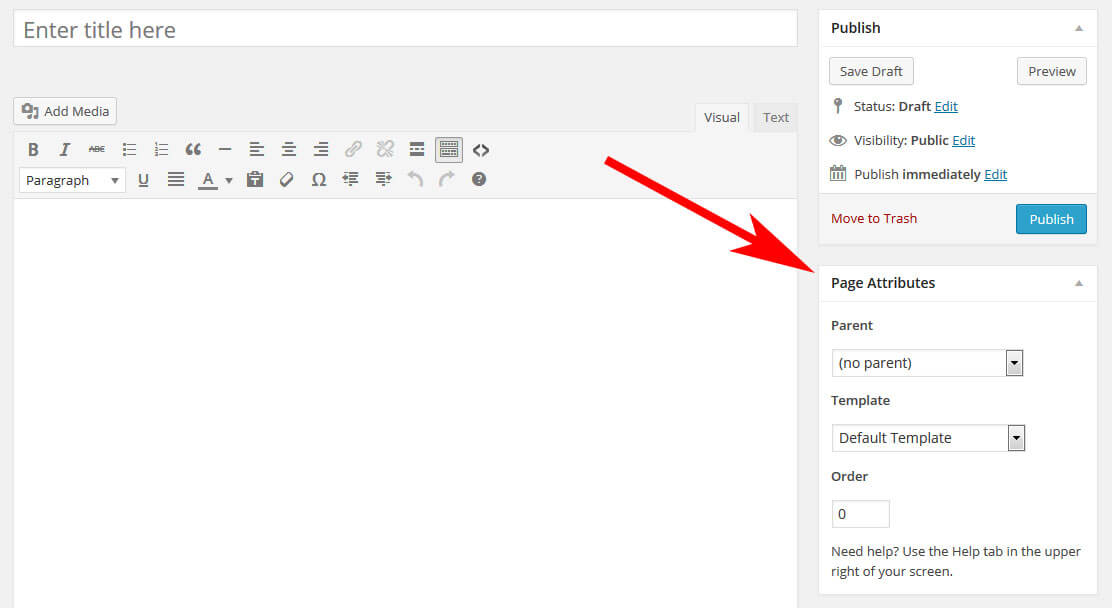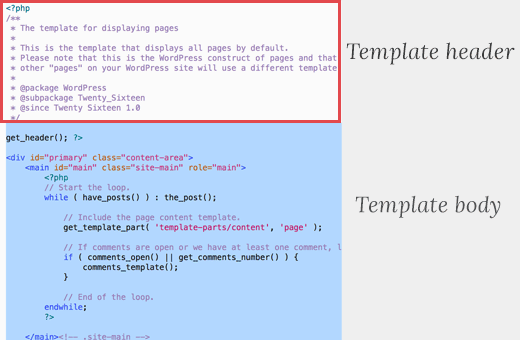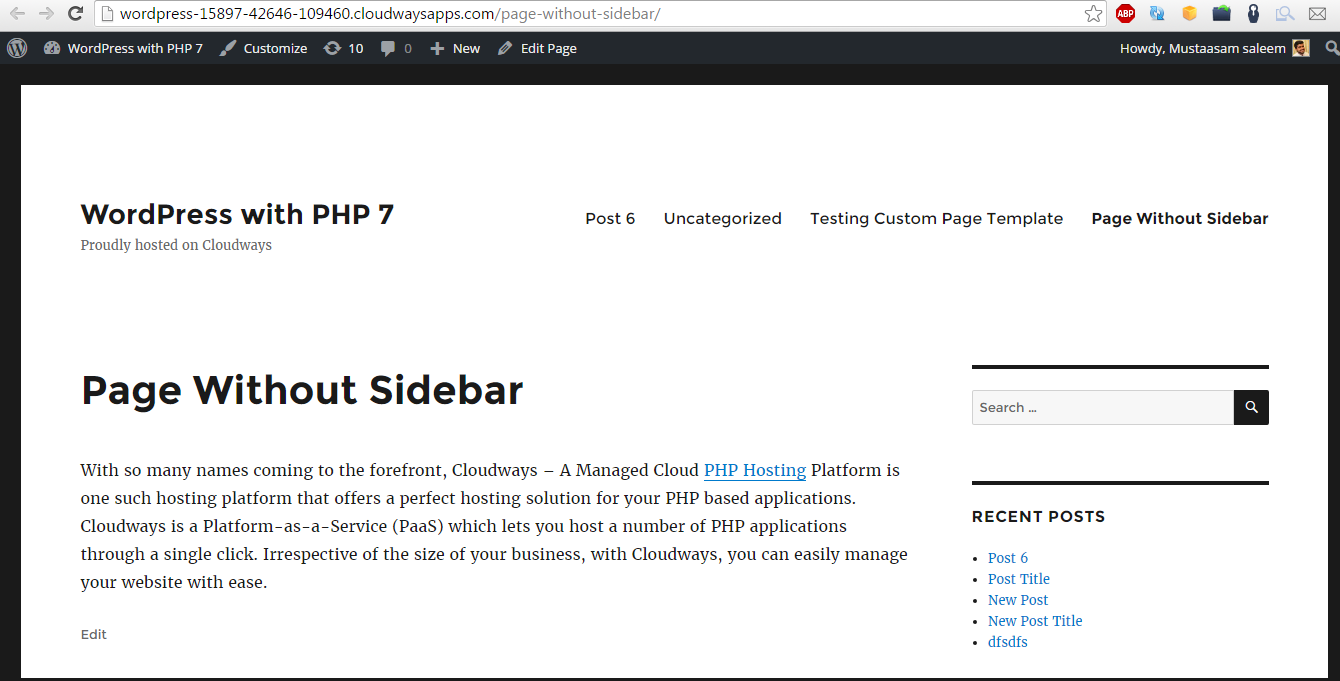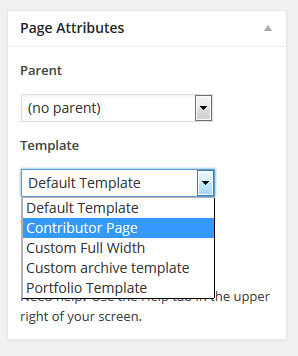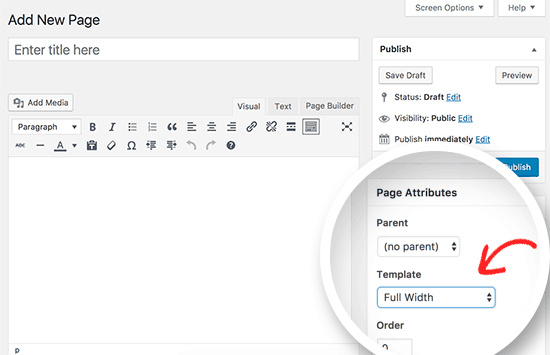How To Create A Template Page In Wordpress
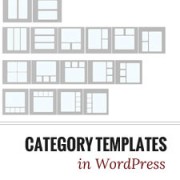
There are three basic ways to use custom page templates in wordpress.
How to create a template page in wordpress. As there are no design elements in the template yet a blank page like the image below is displayed. In our wordpress installation we may have a need to group a set of pages and display them in a common layout. For example if you want to have a specific template for your about page it might not be appropriate to name that page template about template as it would be globally available to all pages ie. Using conditional tags in default templates.
Create a new page and set its template to pagewithoutsidebar. Open the newly created page. Go to the pages add new menu to create a new page with a new page template. Give your new page a title and save it.
Instead create a single use template and wordpress will render the page with the appropriate template whenever a user visits the about page. Creating a custom page template in wordpress requires a basic understanding of html css and php. Having said that lets jump into creating your first custom page in wordpress. Log into your wordpress admin panel.
Locate your themes existing pages. This guide assumes you understand the basics of creating a theme in wordpress and have your directory structure set up. Similarly we may have to create multiple different layout groups. This template file affects all single pages that you create in wordpress.
And directly assigning templates to specific pages. Drill down to the themes folder to see your existing page templates. We will take a look at each of these in turn. Adding conditional statements to an existing template.
Wordpress page templates are the answer. To create a wordpress page template youll need to use your text editor. Go to wordpress admin panel pages add new. Using a file manager or an ftp client locate your themes directory on the server.
Creating a page template in wordpress is actually quite simple. Creating specific page templates which rank higher in the hierarchy. Go to the directory on your server where you installed wordpress and then navigate to the directory of your theme. Locate the pagephp file.
Wordpress provides a clever way to do this called custom page templates. The user could apply it to any page. Open it either with a text editor or preferably with a code editor. Wordpress provides a default template for page creation.
That may not be sufficient for our needs in certain situations. You can see the new custom page template listed on the right side. Once done publish it. Little changes in their layout and appearance can make them unique and a lot more useful.
In the page attributes panel on the right you can select a page template from those already included into the template.
